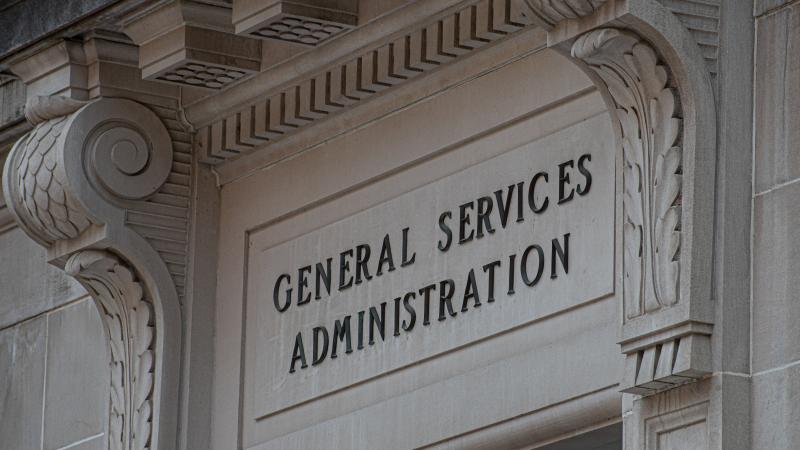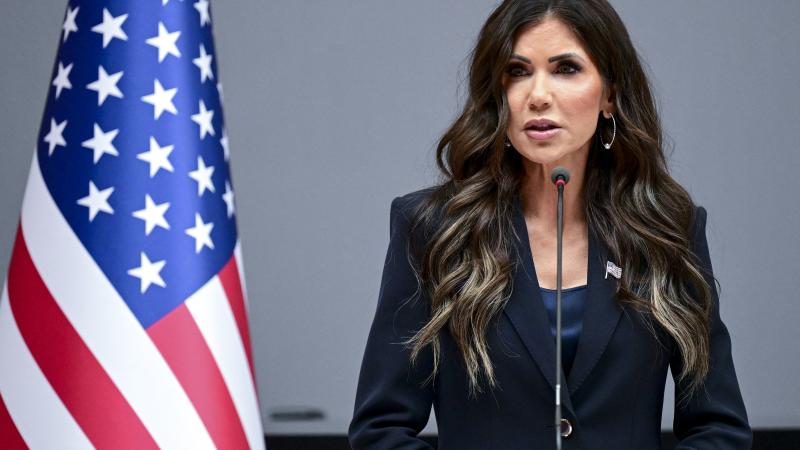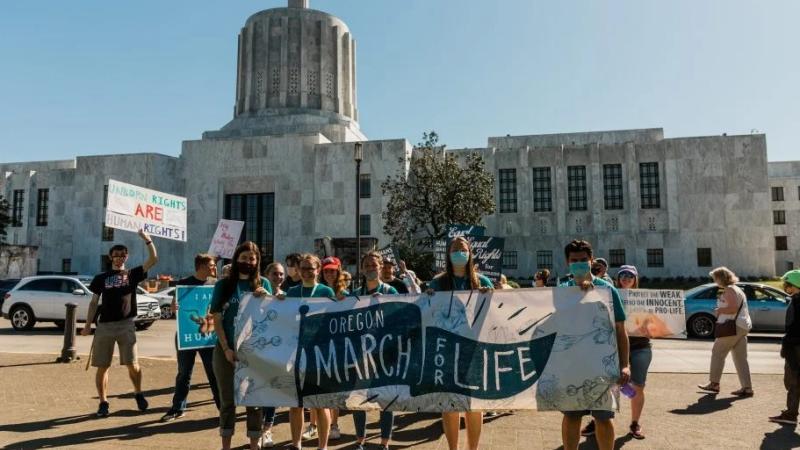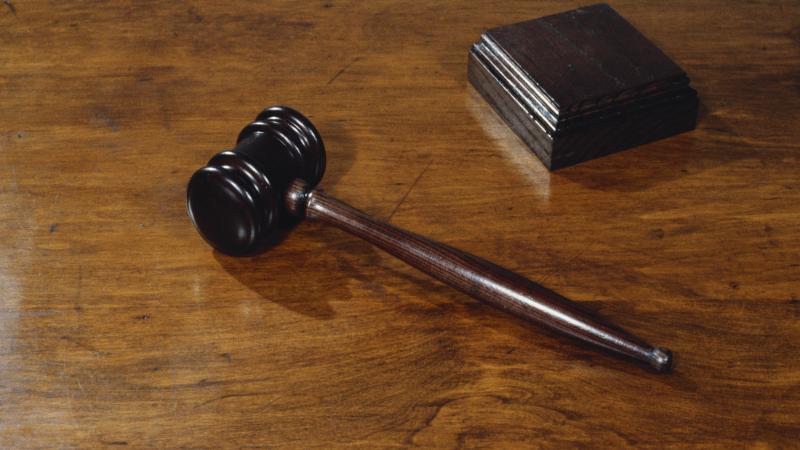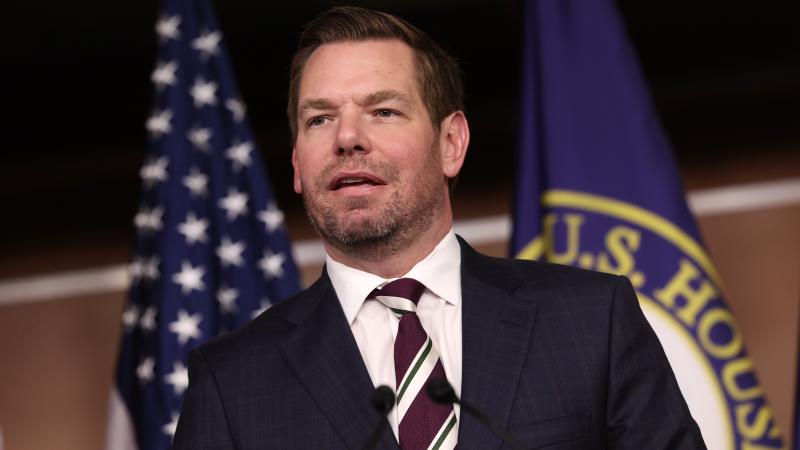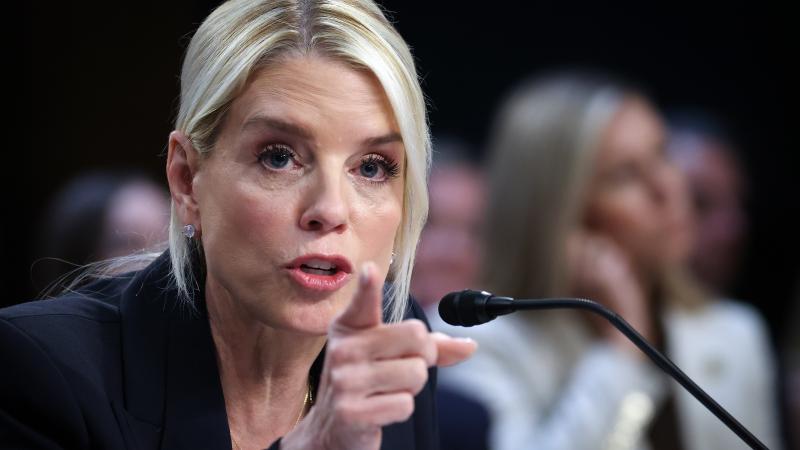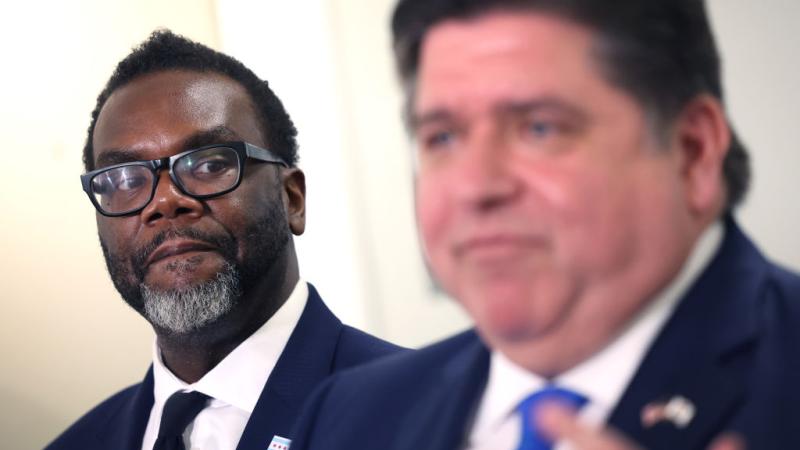While DOGE cuts to federal workforce might seem novel, Clinton wielded similar axe some 30 years ago
In 1993, Democrat President Bill Clinton and Vice President Al Gore rolled out pallets of government regulations at the White House.
When President Trump took office for a second term, there were about 2.3 million civilian federal employees: about the size of the population of New Mexico. All that is being shaken up by the Department of Government Efficiency (DOGE) and other job-cutting initiatives.
Many say teleworking has been used by too many as a chance for federal workers to slack off on the taxpayer's dime. An investigation by Iowa GOP Sen. Joni Ernst, who leads the Senate DOGE Caucus, produced eyebrow-raising results. Of 6,338 people who said they were federal employees, only 6% said they “report in-person on a full-time basis” and “nearly a third of the government workforce [was] entirely remote.”
The stats were bolstered by an Inspector General report last October. It found that at the federal Department of Housing and Urban Development, or HUD, 95% of 6,800 (6,856) employees were either teleworking (85%), working remotely, (9%), or were entirely mobile (1%). Most were required to report to the office just twice in two weeks.
But those reports, and moves to downsize the federal workforce, are challenged by Randy Erwin. He heads up the National Federation of Federal Employees, a union representing 110,000 workers.
“It is very much a made-up problem that federal workers aren't coming to work,” he told me in an interview. “That’s nonsense.”
Erwin points to a Biden administration report from last August. The Office of Management and Budget said about 46% (46.4%) of the federal civilian workforce, or 1.1 million, worked out of the office, at least some … 10% (228,000) of those were fully remote. But the majority, 1.2 million or 54%, worked fully on-site.
Numerous administrations before Trump have found value in cutting back on the federal bureaucracy. In 1993, Democrat President Bill Clinton and Vice President Al Gore rolled out pallets of government regulations at the White House for reporters to see for impact.
“Our goal is to make the entire federal government both less expensive and more efficient,” Clinton said. “We’ll conduct an intensive national review of every single government agency and service.”
The Clinton administration ultimately cut the federal workforce by over 377,000 and targeted the establishment bureaucracy, sounding something like Trump and DOGE master Elon Musk more than 30 years later.
For more on this story, watch "Full Measure with Sharyl Attkisson” Sunday. Attkisson's most recent book is "Follow the $cience: How Big Pharma Misleads, Obscures, and Prevails."

